Dry lime, also known as black lime or loomi, is a preserved citrus fruit commonly used in Middle Eastern and Persian cuisines. It is made by boiling fresh limes in salt water and sun-drying them until they turn dark brown or black, resulting in a concentrated, umami-rich flavor that enhances both traditional and modern dishes.
Understanding Its Flavor Profile
Dry lime offers a complex taste beyond simple sourness. The drying process caramelizes sugars, creating a rich, smoky depth with subtle bitterness and earthy umami notes. This makes it ideal for balancing rich meats, seafood, and vegetarian dishes without adding liquid.
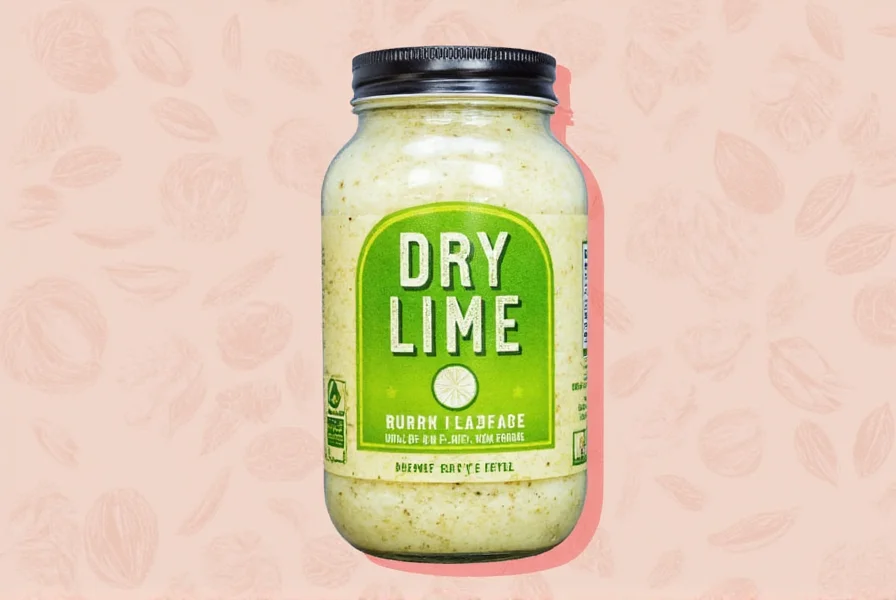
- Sourness: Deep, concentrated citrus similar to lime zest but more intense.
- Bitterness: Mild, orange-peel-like note that adds complexity.
- Umami: Earthy, fermented undertones from the drying process.
Why You Should Be Using Dry Lime
- Flavor Boost Without Acidity Overload: Unlike fresh lime juice, dry lime delivers concentrated flavor without making dishes watery.
- Long Shelf Life: No refrigeration needed—store for up to 2 years when properly kept.
- Unique Umami Notes: Perfect for plant-based cooking as a natural flavor enhancer.
- Easy to Incorporate: Use whole, pierced, grated, or powdered depending on the dish.
- Authenticity for Traditional Dishes: Essential for Persian stews, Iraqi fish recipes, and Gulf region cuisine.
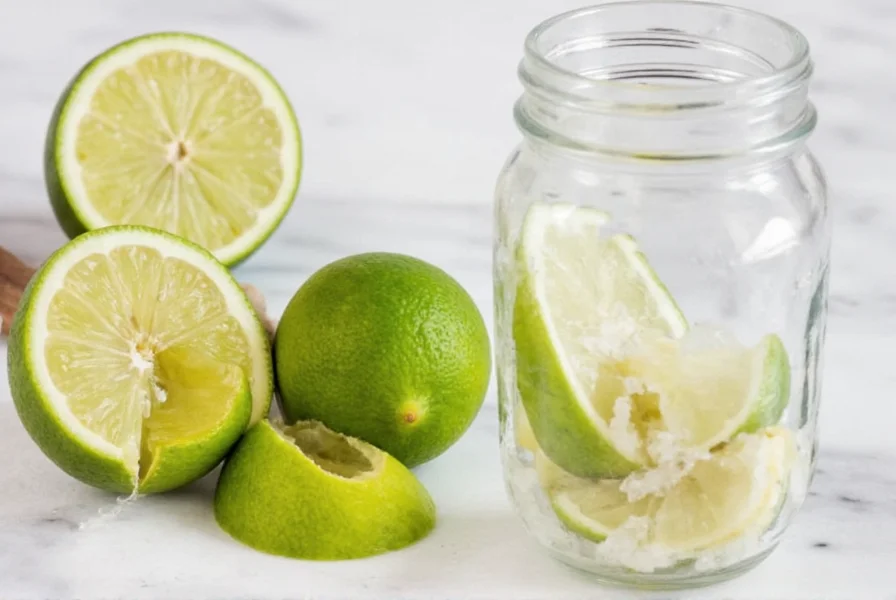
How to Use Dry Lime in Everyday Cooking
Start with small amounts—dry lime is potent. Here are specific applications:
1. In Soups and Stews
Pierce whole limes with a toothpick and add to broth for slow infusion. Ideal for Persian khoresh or Iraqi samak masgouf.
2. Grated Into Sauces and Dressings
Use a microplane to sprinkle dry lime powder over yogurt sauces, avocado toast, or seafood marinades.
3. With Seafood
Dust grilled shrimp or baked white fish with dry lime powder for a zesty, umami-rich twist.
4. As Part of a Spice Blend
Mix with paprika, cumin, and garlic powder for a homemade rub for meats or roasted vegetables.
5. Baking and Beverages
Add a pinch of powdered dry lime to cake glazes or steep whole limes in hot water for tea or cocktails.
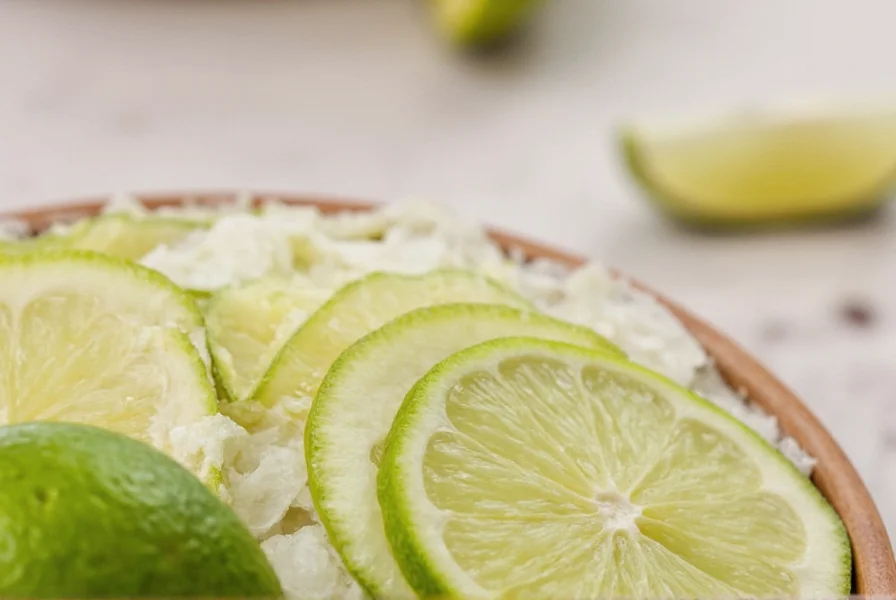
Dry Lime Buying Guide: What to Look For
| Feature | Good Quality | Avoid |
|---|---|---|
| Color | Deep black or dark brown | Light beige or faded color |
| Texture | Hard and slightly brittle | Soft or moldy spots |
| Smell | Strong, earthy citrus aroma | Musty or off-odors |
| Packaging | Airtight container or vacuum-sealed bag | Loose, open packaging |
Top Recommended Products:
- Limon Omani: Traditional whole black limes from Oman—ideal for stews and rice dishes with strong flavor and no preservatives.
- Zaytoun Organic Crushed Lime: Finely ground for quick sauce and marinade use—perfect for seafood and vegetarian dishes.
- Moroccan Sun-Dried Lime: Slightly sweeter profile—best for beverages, desserts, and light seasoning.
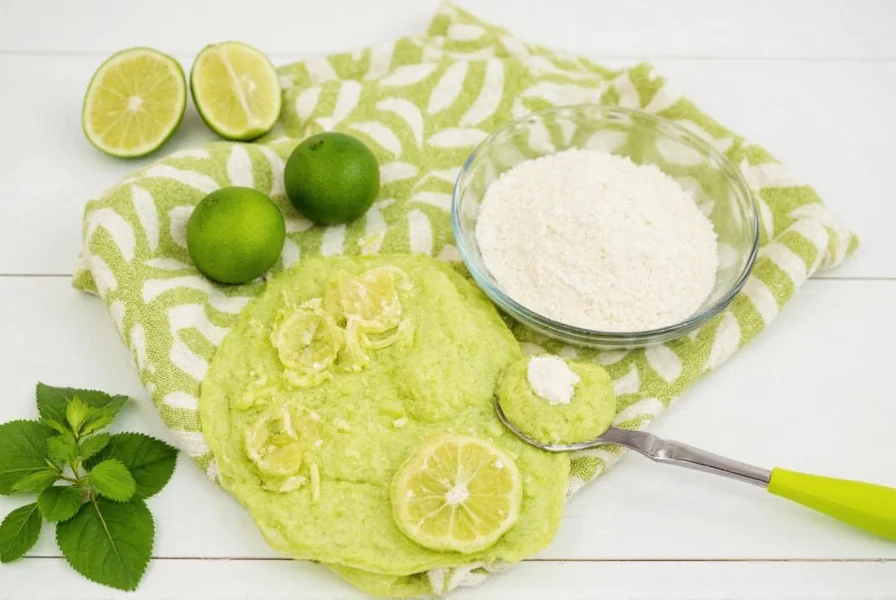
Storage & Shelf Life: How to Keep It Fresh
- Store in an airtight container away from humidity and direct light.
- Keep in a cool, dark pantry—no refrigeration needed.
- Transfer small portions to a separate container for daily use to prevent contamination.
- Label containers with purchase dates for freshness tracking.
Shelf Life:
- Whole dry limes: Up to 2 years
- Ground or powdered: 1 year
Common Mistakes to Avoid When Using Dry Lime
- Overusing: Start with 1/4 teaspoon per serving for powder or one whole lime for 4-6 servings in stews—flavor intensifies during cooking.
- Not Puncturing Whole Limes: Always pierce whole limes with a toothpick before adding to dishes for faster flavor release.
- Ignoring Salt Content: Some brands are saltier; taste before adding extra salt to your dish.
- Using Old Stock: Expired dry lime loses potency and becomes bitter—replace after shelf life.
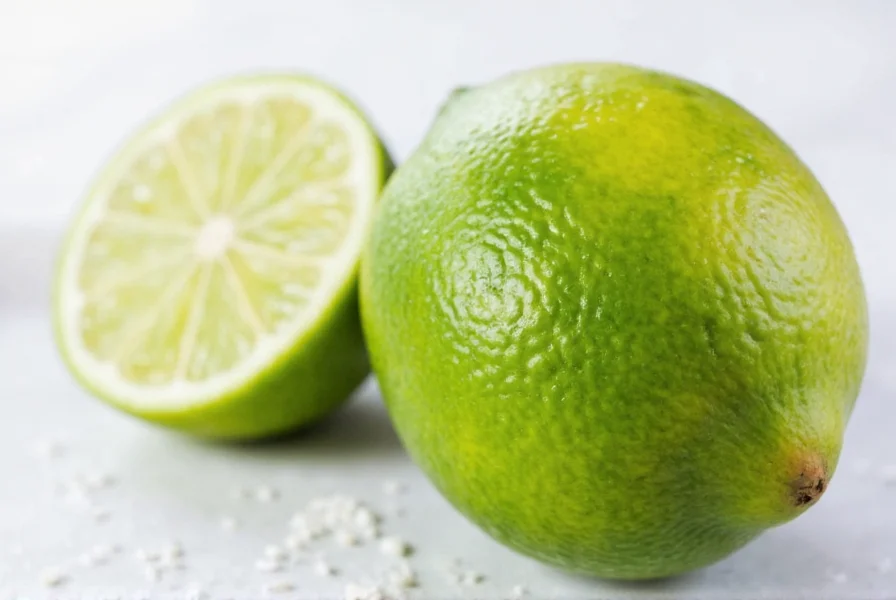
Frequently Asked Questions About Dry Lime
What is dry lime exactly?
Dry lime, also known as black lime or loomi, is a preserved citrus fruit made by boiling fresh limes in salt water and sun-drying them until hard and dark brown or black. This process concentrates flavor and creates umami-rich notes used in Middle Eastern and Persian cuisines.
How is dry lime different from fresh lime?
Unlike fresh lime, which is juicy and primarily sour, dry lime has a complex flavor profile with deep citrus, subtle bitterness, and earthy umami. It doesn’t add liquid to dishes and delivers more concentrated flavor per use.
Can I make dry lime at home?
Yes, boil fresh limes in salt water for 15-20 minutes, pierce them, and dry in the sun for 5-7 days. In humid climates, use a dehydrator at 140°F (60°C) for 24-48 hours until hard and dark.
Is dry lime the same as black lime?
Yes, dry lime and black lime refer to the same product. It’s also called "loomi" or "noomi basra" in Middle Eastern cuisines. Color ranges from dark brown to black after drying.
How much dry lime should I use in recipes?
Start small due to potency: for whole limes in stews, use one per 4-6 servings. For powder, begin with 1/4 to 1/2 teaspoon per serving and adjust. Flavor intensifies during cooking.
Can I substitute fresh lime for dry lime?
Not fully—fresh lime lacks the umami depth. For substitution, use lime zest plus a dash of fish sauce or soy sauce for umami, but authentic Middle Eastern dishes require dry lime.
Is dry lime healthy?
Yes, it retains vitamin C and antioxidants from fresh limes in concentrated form. It aids digestion and has antimicrobial benefits, but check labels for added salt if monitoring sodium.
Where can I buy dry lime?
Available at Middle Eastern grocery stores, specialty spice shops, and online retailers like Amazon. Look for airtight packaging and natural ingredients without preservatives.
What dishes traditionally use dry lime?
Essential in Persian stews (khoresh), Iraqi fish dishes (samak masgouf), Gulf region rice pilafs, bean stews, and seafood preparations. Also used in Moroccan tagines and Yemeni soups.
Can I use dry lime in beverages?
Absolutely! Steep whole dry limes in hot water for tea, add powder to lemonade or cocktails, or use Moroccan varieties for a unique citrus note in cold drinks.
Conclusion: Embrace the Zesty Revolution
Dry lime transforms ordinary dishes with its unique umami-rich flavor. Whether you’re making Persian stews, seafood marinades, or refreshing beverages, it’s a versatile kitchen staple with a long shelf life. Start small, experiment, and discover how this preserved citrus elevates your cooking.

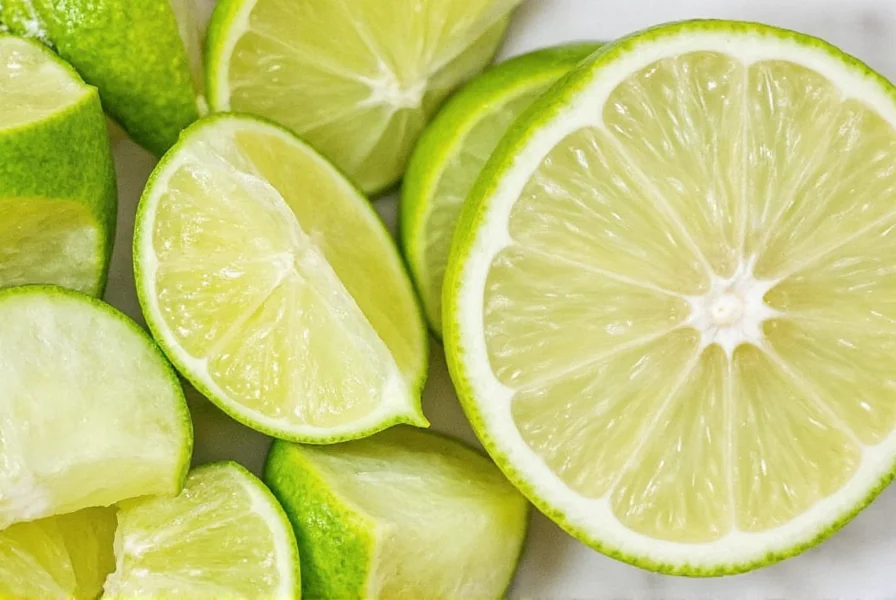









 浙公网安备
33010002000092号
浙公网安备
33010002000092号 浙B2-20120091-4
浙B2-20120091-4